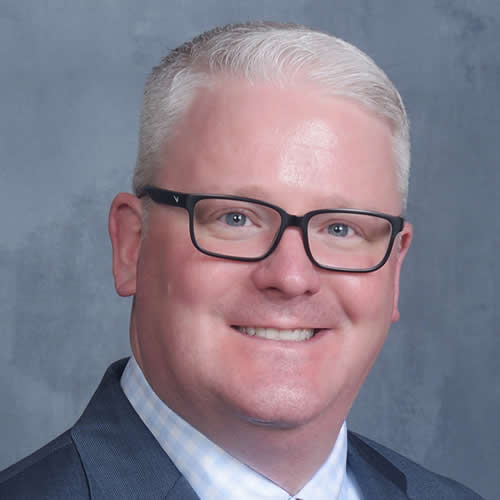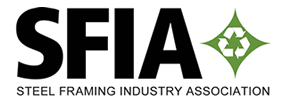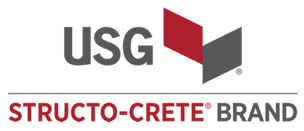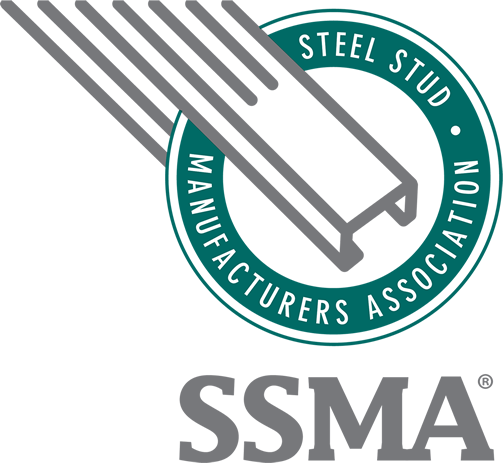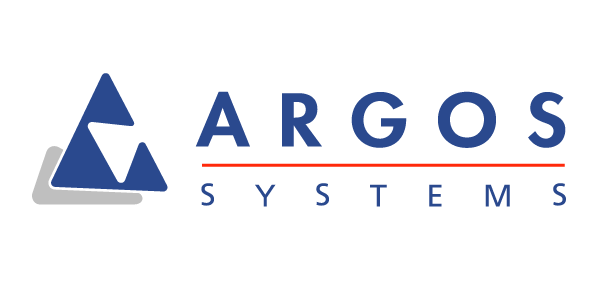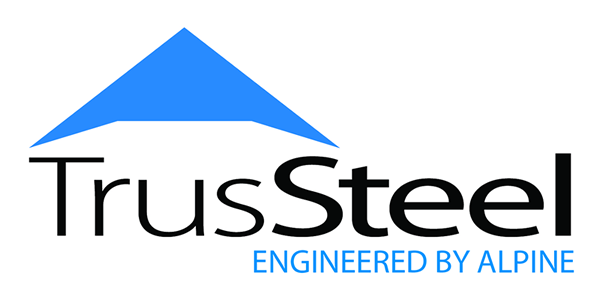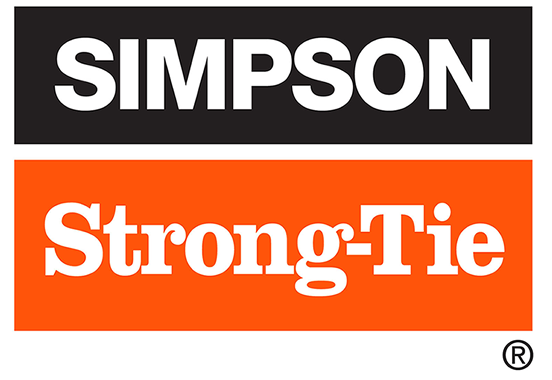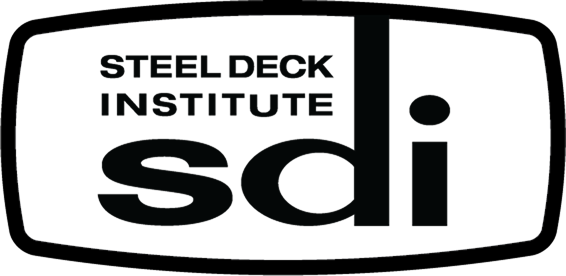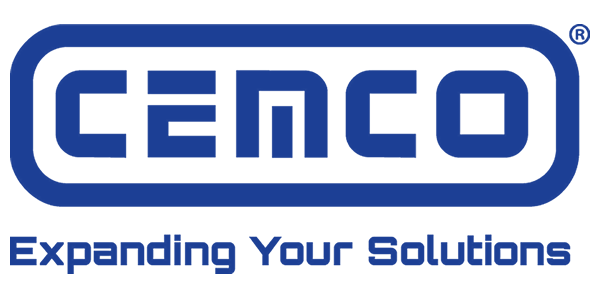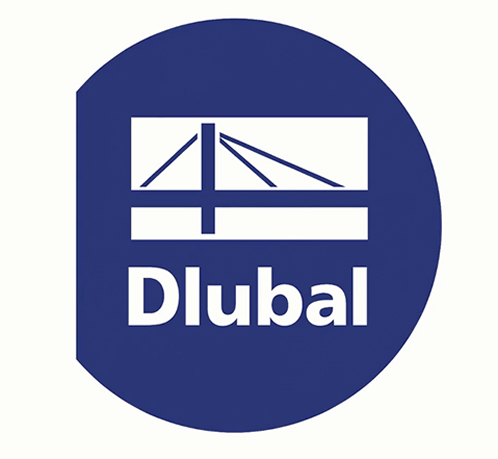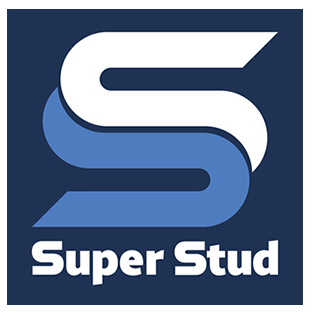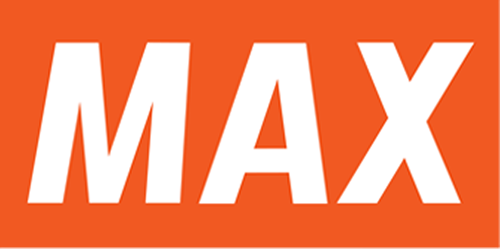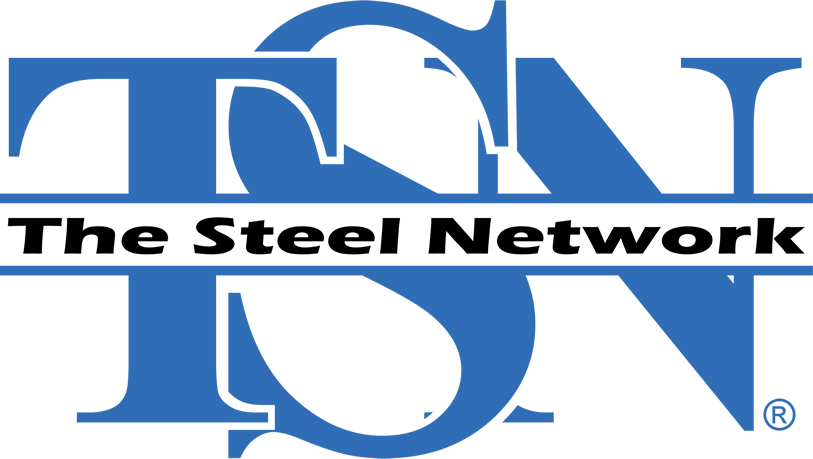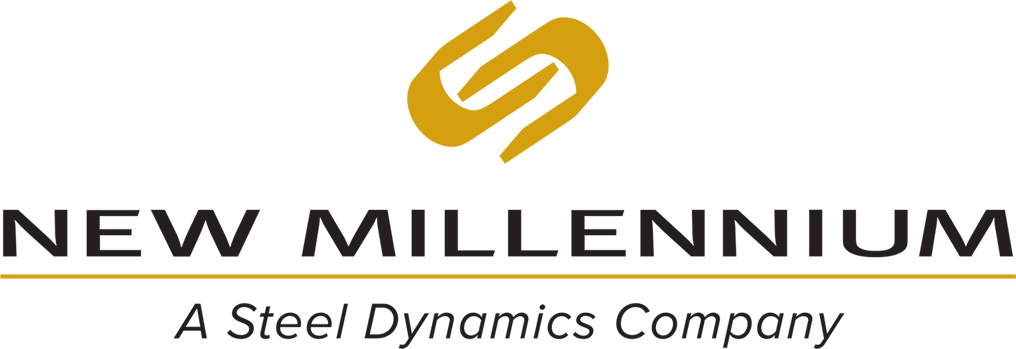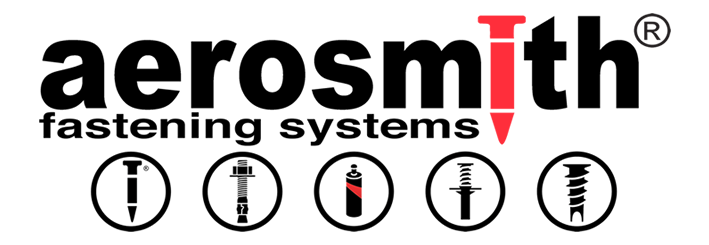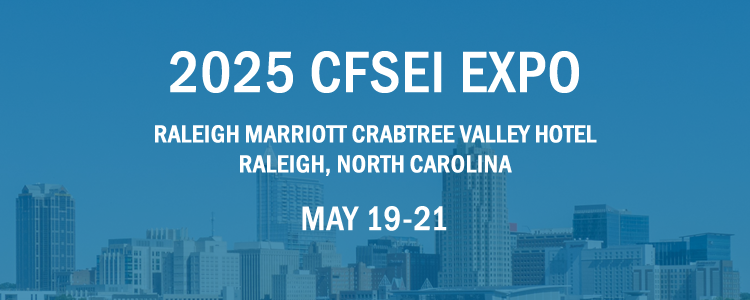
EQ + Low Embodied Carbon (LEC) = Winning with Sustainable SteelEarn 1 PDH / 1 LU|HSW
Embodied carbon is a hot topic in sustainable construction. It encompasses the total greenhouse gas emissions generated throughout a material's lifecycle – from production to disposal. This differs from operational carbon, which refers to emissions from a building's daily use. Embodied carbon is a significant contributor to global emissions, making it crucial to address. We measure it using a Life Cycle Assessment (LCA), which tracks emissions at each stage and converts them into metrics like Global Warming Potential (GWP), often called a carbon footprint. How do manufacturers achieve producing LEC steel products? The key to producing low embodied carbon (LEC) steel framing lies in the supply chain – specifically, the type of steel mill used. Steel from Electric Arc Furnace (EAF) mills has a significantly lower carbon footprint than that from Basic Oxygen Furnace (BOF) mills. Why? EAF mills primarily use recycled steel, bypassing the energy-intensive process of extracting and refining iron ore. This dramatically reduces greenhouse gas emissions. However, we can't rely solely on EAF mills; BOF mills are essential for producing new steel from raw materials, as there isn't enough recycled steel to meet global demand. To ensure your steel products qualify for LEED points or GSA projects, you need an Environmental Product Declaration (EPD). This means sourcing steel from manufacturers who have meticulously gathered lifecycle data and had their EPDs third-party certified. Want to lower the embodied carbon of your cold-formed steel framing (CFSF)? There are two main ways: by specification or by design. Specification means setting limits. You can require that your CFSF materials have a third-party certified Environmental Product Declaration (EPD) with a Global Warming Potential (GWP) below a certain threshold. Not sure what limit to set? Use the General Services Administration's (GSA) Inflation Reduction Act (IRA) limits as a guide. They've established three performance levels: Industry Average, Top 40%, and Top 20%, withTop 20% representing the lowest embodied carbon options. Design offers another avenue. By strategically using less steel in your building design, you directly reduce embodied carbon. Remember, GWP is measured in metric tons of CO2e per metric ton of steel. A simple way to achieve this is by using EQ CFSF studs, which are lighter than traditional studs but offer comparable strength due to higher ksi steel. For example, a 20-gauge EQ stud can have 35% less embodied carbon per foot than a standard 20-gauge stud. Combine this with LEC CFSF, and you can achieve an additional 30% reduction! Adam Shoemaker
Adam Shoemaker is the Director of Corporate Sustainability at ClarkDietrich, where he also oversees the Architectural Services Group's interactions with the Construction Specifications Institute (CSI). He has been instrumental in shaping the company's sustainability journey, establishing their GRI-based Sustainability program, culminating in the publication of their first annual Corporate Sustainability Report. Adam's expertise lies in navigating the complex interplay between sustainability, building codes, construction specifications, and green building programs, ensuring ClarkDietrich's product lines and supply chain align with industry best practices and evolving environmental standards. Adam is a LEED AP BD+C and Construction Document Technologist (CDT) certified professional. Click to register |

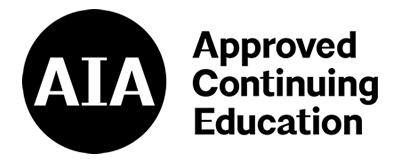 This presentation explores the sustainability of cold-formed steel framing (CFSF), equipping engineers, architects, and contractors to identify and leverage its environmental benefits for competitive advantage. We'll begin by grounding ourselves in the concept of "sustainability." It's about maintaining balance without depleting resources. But how does this apply to CFSF?LEED, a leading green building standard, provides a framework. It outlines criteria across nine categories, with "Materials and Resources" being particularly relevant for CFSF. LEED translates sustainability into actionable guidelines, defining what it means for each building component. We'll build on this established expertise, recognizing that these experts also shaped government specifications for low-carbon materials under the Inflation Reduction Act.
This presentation explores the sustainability of cold-formed steel framing (CFSF), equipping engineers, architects, and contractors to identify and leverage its environmental benefits for competitive advantage. We'll begin by grounding ourselves in the concept of "sustainability." It's about maintaining balance without depleting resources. But how does this apply to CFSF?LEED, a leading green building standard, provides a framework. It outlines criteria across nine categories, with "Materials and Resources" being particularly relevant for CFSF. LEED translates sustainability into actionable guidelines, defining what it means for each building component. We'll build on this established expertise, recognizing that these experts also shaped government specifications for low-carbon materials under the Inflation Reduction Act.